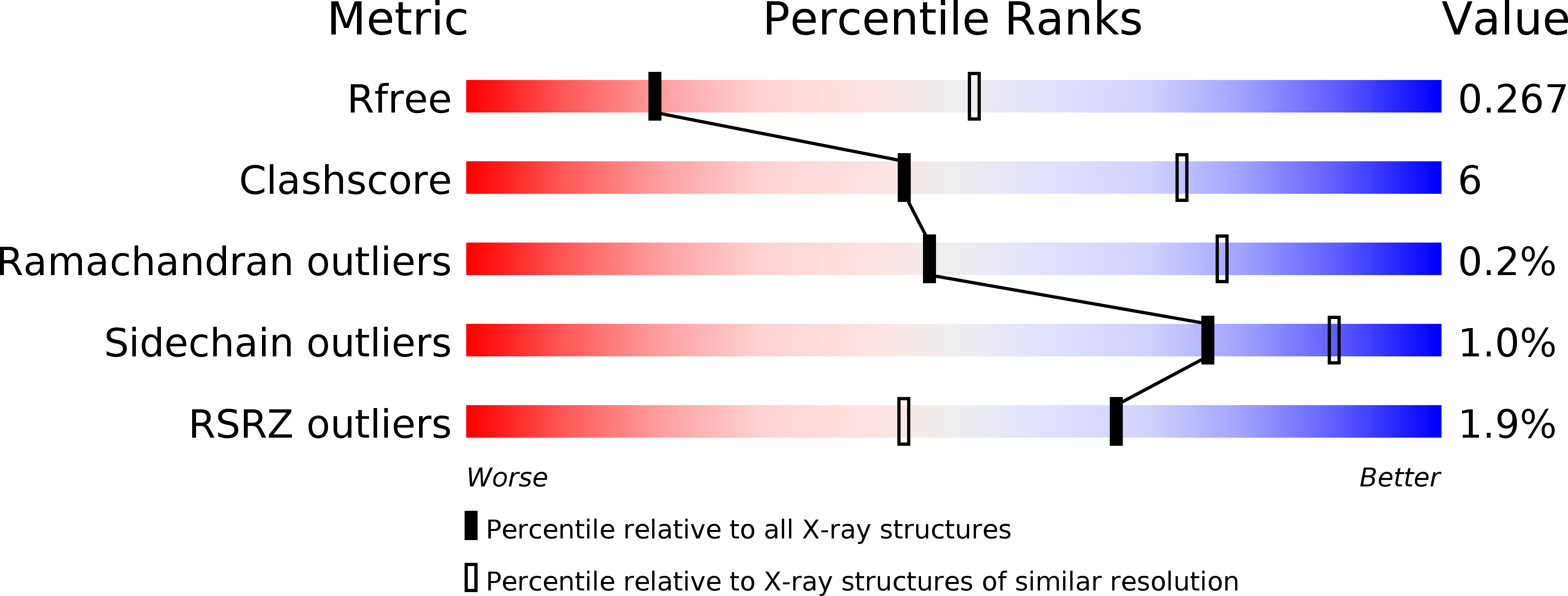
Deposition Date
2013-05-28
Release Date
2013-08-21
Last Version Date
2023-09-20
Entry Detail
PDB ID:
4KY8
Keywords:
Title:
Crystal structure of TS-DHFR from Cryptosporidium hominis in complex with NADPH, methotrexate, FdUMP and 4-((2-amino-6-methyl-4-oxo-4,7-dihydro-3H-pyrrolo[2,3-d]pyrimidin-5-yl)thio)-2-chlorophenyl)-L-glutamic acid
Biological Source:
Source Organism:
Cryptosporidium hominis (Taxon ID: 237895)
Host Organism:
Method Details:
Experimental Method:
Resolution:
3.08 Å
R-Value Free:
0.26
R-Value Work:
0.23
R-Value Observed:
0.23
Space Group:
C 1 2 1


